
Ukraine’s Air Force Today: All Aircraft + Details
Ukraine’s inventory includes a mix of legacy platforms like the MiG-29, Su-27, Su-24, and Su-25, alongside newly acquired Western aircraft.
Welcome to Aircraft & Warplanes! On this website, you will find information on various airplanes, airships, gliders, helicopters, hot air balloons, and paramotors from all around the world. This is an educational site – forever free. Click on the categories below to start exploring.
Explore by Time Period: Antiquity and Pre-WW1 – The Great War – Interwar Period – World War II – Post-WW2
Explore by Type: Airships – Gliders – Helicopters – Hot Air Balloons – Air Superiority – Airliners – Biplanes – Bombers – Coastal Patrol – Fighters – General Purpose – Ground Attack – Interceptors – Monoplanes – Prototypes and Experiments – Reconnaissance and Surveillance – Scouts – Sports / Racers – Stealth Attack – Trainers – Transporters – Unmanned Vehicles
Explore by Country: United Kingdom – United States – Japan – France – Germany – OTHERS
Explore articles and stories about aircraft and warplanes from WW1, WW2, and more. From iconic manufacturers and legendary aviators to groundbreaking designs and the latest advancements in aerospace, this compilation offers a panoramic view of the rich tapestry of flight.

Ukraine’s inventory includes a mix of legacy platforms like the MiG-29, Su-27, Su-24, and Su-25, alongside newly acquired Western aircraft.

The weirdest-looking planes ever built, ranked for their odd designs, ambitious concepts, and sometimes just plain bizarre appearances.

A list of the most important milestones in the history of hot air balloons, showcasing their development and contributions.

Texas, with its vast skies and rich military heritage, has produced some of the most legendary fighter aces in American history.

All about the Pugachev’s Cobra, an advanced aerobatic maneuver that highlights the exceptional agility and performance of fighter jets.
Aircraft manufacturers are the backbone of the aviation industry, responsible for designing, producing, and testing a wide range of aircraft, from small private planes to large commercial airliners and military jets. Major manufacturers like Boeing, Airbus, Lockheed Martin, and Embraer have shaped the evolution of flight, driving technological advancements in aerodynamics, materials, and propulsion systems. Explore more below.
Early aircraft were the first flying machines to achieve sustained and controlled flight. They were designed and built in the late 19th and early 20th centuries, and marked the beginning of human aviation. The first successful flight of a powered, heavier-than-air aircraft was achieved by the Wright brothers in 1903, but there were many earlier attempts to achieve flight.
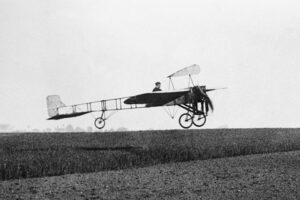
The Blériot XI is a French aircraft and a famous accomplishment of the pioneer era of aviation. It was used for competitions, training, and combat.
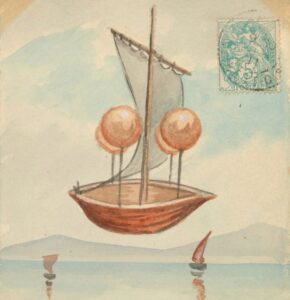
Lana de Terzi’s Flying Boat was an early experimental aircraft built by Enrico Forlanini and Giovanni Battista “Lana” de Terzi in 1905.
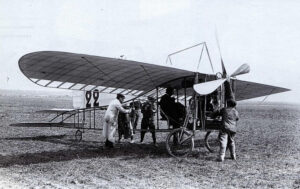
The Blériot XII is a French aircraft dating back to the pioneer era of aviation. It was also the first airplane to carry two passengers.
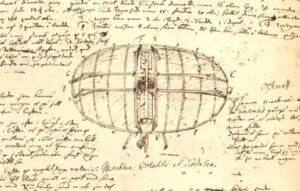
The Swedenborg Flying Machine was a sketch made by Swedish scientist Emanuel Swedenborg in 1714. The machine shows a single large wing.

The Blériot XXI was a French aircraft designed and built by Blériot Aéronautique and powered by a 52 kW (70 hp) Gnome Gamma rotary engine.
The Great War, or WW1, was the first major conflict that involved the use of aircraft. Although airplanes made an appearance at the outset of the conflict, zeppelins and balloons were widely adopted for reconnaissance and artillery spotting, as well as a few bombing raids over the Eastern front and Great Britain. During the First World War, engineers developed many specialized types of aircraft, such as bombers, fighters, and trench strafers.

The Nieuport 12 was a French sesquiplane fighter and reconnaissance aircraft used by France, Great Britain, Russia, and the US during WW1.
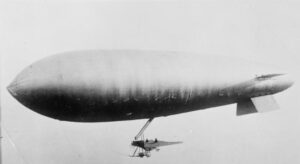
The SS Class Airship were cheap and simple small non-rigid airships or “blimps” designed to counter German U-boats.

The Albatros C.I was a two-seat general-purpose biplane built by Albatros Flugzeugwerke during World War I.

The Vickers Vimy was a British heavy bomber manufactured by Vickers Limited and used during the latter stages of the First World War.
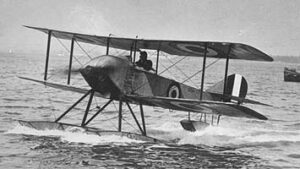
The Sopwith Tabloid was a British biplane originally designed as a sports aircraft and later adapted for military use during World War I.

The Sopwith 1½ Strutter was a British single or double-seated multi-role biplane aircraft used during the First World War.
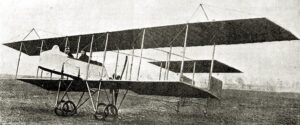
The Grahame-White Type XV was a British trainer biplane produced before and during World War I and often referred to as a “Box-kite.”
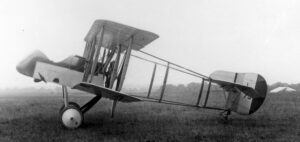
The Airco DH.2 is a single-seat biplane fighter aircraft introduced in 1915. It was the first British fighter to have a forward-firing machine gun.
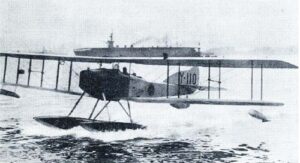
The Yokosuka Ro-go Ko-gata was a Japanese experimental glider used as a reconnaissance floatplane. It was developed during World War I.

The Astra-Torres Airship was a French non-rigid airship built by Société Astra between 1908 and 1922 and designed by Leonardo Torres Quevedo.
During World War II, or WW2, aviation became a key component of modern warfare. Both power and speed increased significantly, with fleets improving drastically during the development of the conflict. There were three main types of aircraft used during WW2: Fighters (to shoot down enemy aircraft), bombers (to drop them on targets), and transport planes (to move troops and supplies).

The Grumman F3F was an American biplane fighter aircraft designed for the United States Navy during the mid-1930s.

The Consolidated P-30 was an American two-seat fighter aircraft and the first fighter to have advanced features for altitude operations.
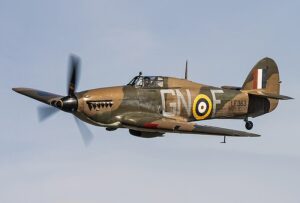
The Hawker Hurricane was a British single-seat fighter aircraft designed in the 1930s and used by the Royal Air Force (RAF) during WW2.

The Ilyushin IL-2 Sturmovik was one of World War II’s most significant and influential ground attack aircraft.
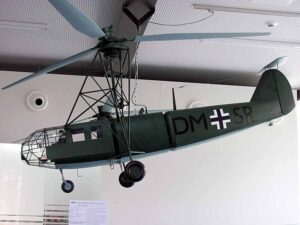
The Focke-Achgelis Fa 223 was a helicopter developed by Germany during World War II and the first one to attain production status.

The Vought XF5U was an experimental U.S. Navy fighter aircraft during World War II. Its unorthodox design was done by Charles H. Zimmerman.

The Junkers Ju 188 Rächer was a German high-performance medium bomber used by the Luftwaffe during World War II.

The Northrop P-61 Black Widow was the first operational U.S. warplane explicitly designed to be a night fighter.
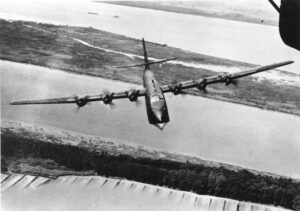
The Blohm & Voss BV 222 Wiking was a large six-engined German flying boat originally developed during the late 1930s as a commercial venture.
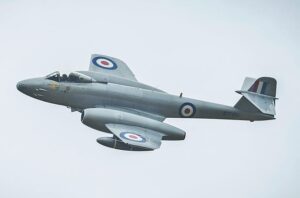
The Gloster Meteor was the first British jet engine and the only one used by the Allies during the Second World War.